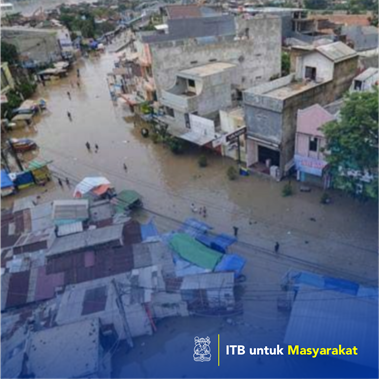

Nurrohman Wijaya
Flood handling and mitigation is one of the components in the management of good watersheds (das). The handling of critical land and control of the use of space is two components, it is known to reduce and mitigate the intensity and frequency of flooding in a river flow. On conservation / critical land that has been cultivated, land restorative activities can be made to restore natural ecological functions in preventing land erosion and reducing surface water runoff. (Kodoatie, 2010). In the Cirasea sub-watershed, failure on the implementation of spatial policies has resulted in a reduction in forest land in the recharge area Water, which has now turned into an agricultural area. So, the reforestation of land is an activity that must be done, so that the flood disaster does not occur again every year. Popular pressure (Rohman, 2014) is known as one of the main factors for the functions of forest land into agriculture. Due to the conditions of limited society socioeconomics (Yani, 2015), it is necessary to research on how environmental rehabilitation activities can be carried out in the region of the Cirasea sub-watershed and in the upstream region of the sub-watershed river in the Hulu Citarum watershed, with the consideration that the coffee agroforestry scheme Asked by Perum Perhutani as forest managers at the study site (Hapsari, 2019) not necessarily in accordance with the capacity and abilities of the local community. Therefore, we in this study will try to know how and what alternative environmental rehabilitation activities can be carried out in the context of disaster mitigation, taking into account the capacity and adaptive capabilities of the local community.
Implementation of social care activities in the form of education / counseling / mentoring
Flooding is a problem that often occurs every year in the region Metropolitan Bandung, especially in the area of ​​Citarum River. The annual flood is known to have undilated negatively on the conditions of the affected socioeconomic society (Rosyidie, 2013; Harliani, 2014 and Muhammad & Sekaringrum, 2017). Therefore, handling is needed so that the floods that often hit the banks of the Citarum River did not occur again.